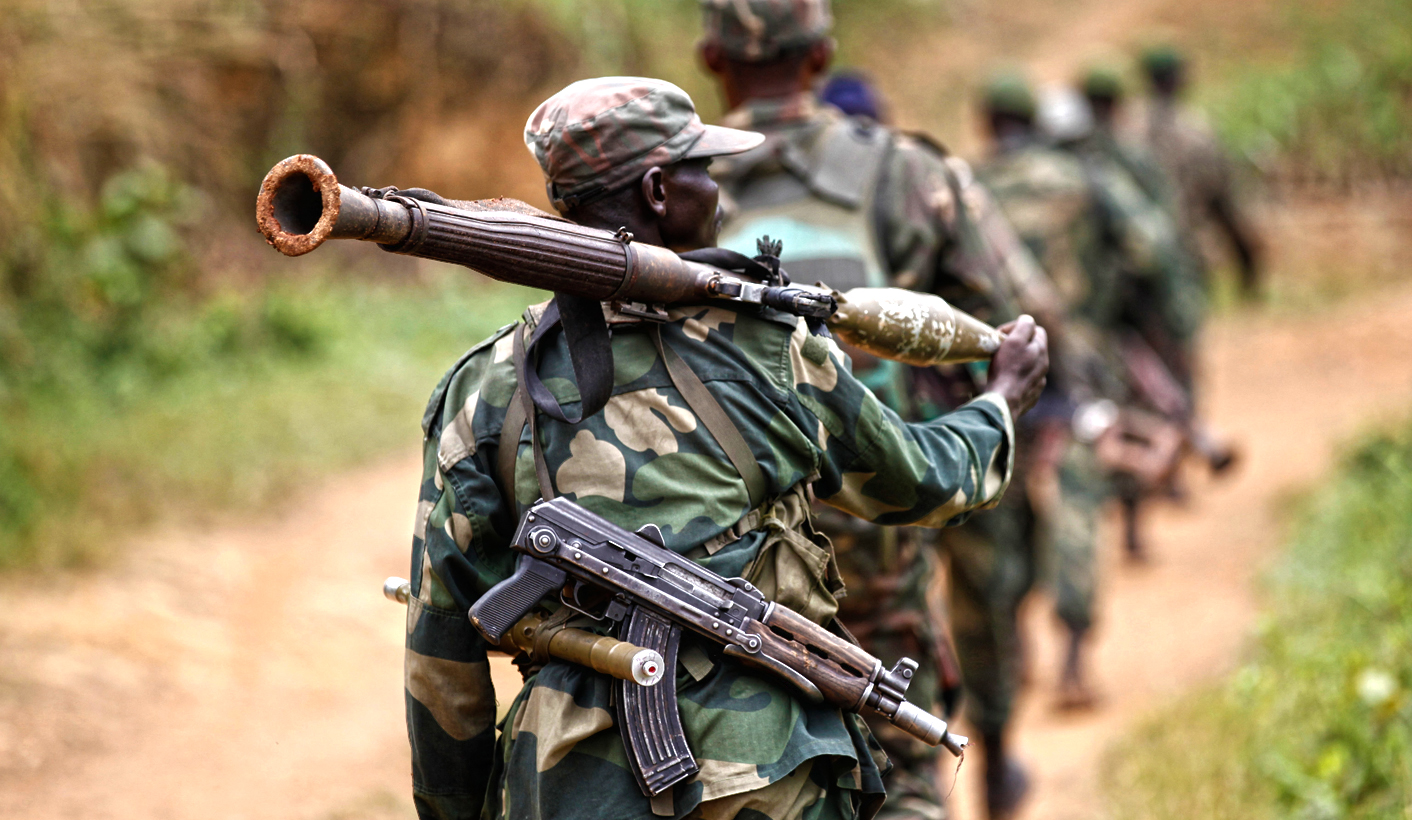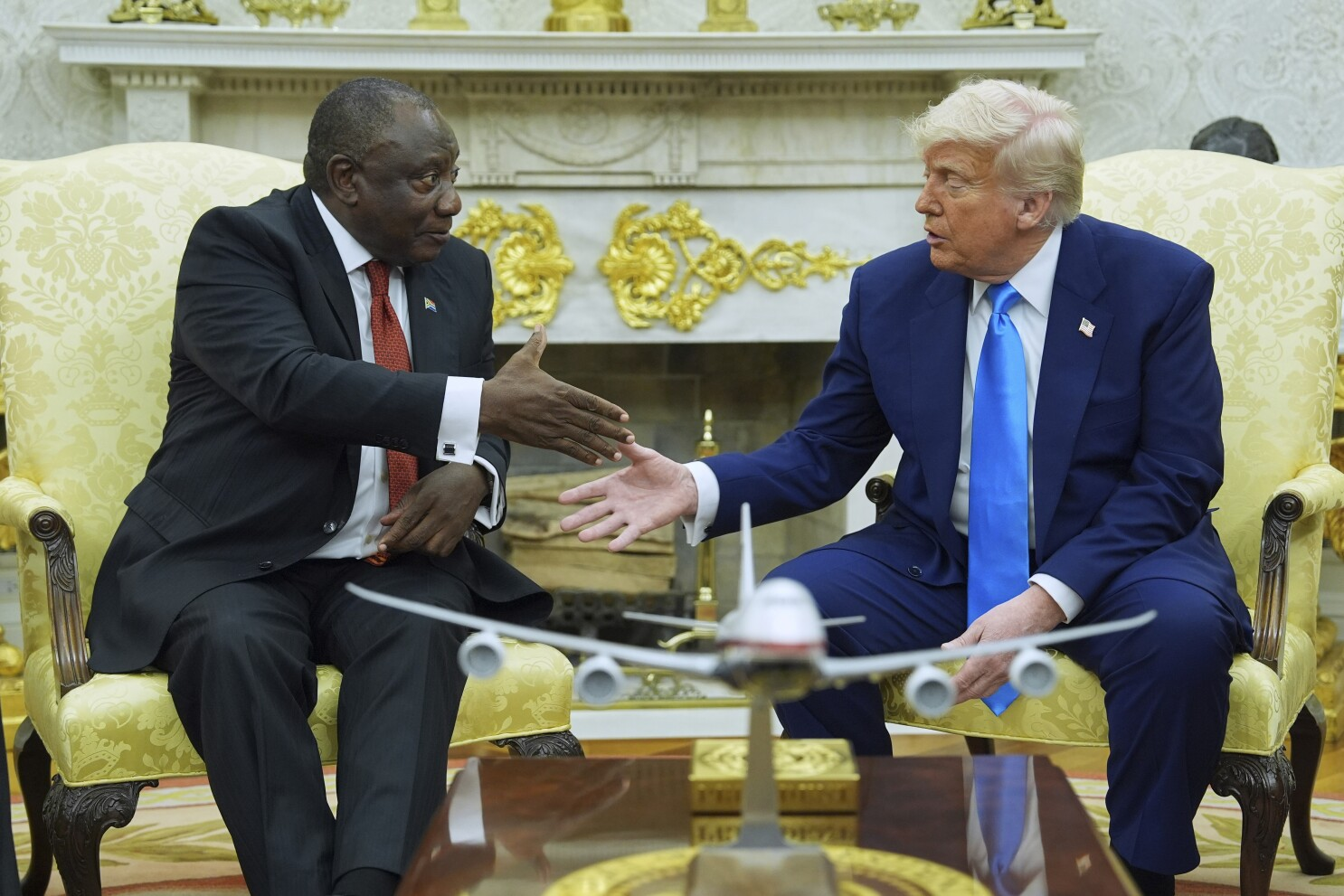
Government struggles to wipe out armed groups in eastern DR Congo

The Democratic Republic of Congo’s army launched an offensive last October aimed at fulfilling a pledge made by President Felix Tshisekedi to rid off of the armed groups in the east of the country.
However, the campaign seems to have born little fruit as the death toll among residents in Ituri, North and South Kivu and Tanganyika provinces has heightened.
The government has described the situation as “calm” across the country, “in spite of certain armed groups actions in the eastern part of the country,” according to the latest cabinet report.
The armed forces have been commended for “pursuing military pressure on the various armed groups that remain active, to push them to turn in their weapons.”
Observers are however skeptical about the situation.
“Tshisekedi’s strategies for fighting the armed groups have shown their limitations,” a Western diplomat said, speaking on condition of anonymity. “In reality, nothing has changed on the ground.”
According to the UN’s Joint Human Rights Office, 1,315 people lost their lives during the first half of 2020, triple the number of January-June 2019.
The army’s biggest push is against rebels of the Ugandan origin, Allied Democratic Forces (ADF) in North Kivu province who have been blamed for the killings of more than 1,000 civilians since October 2014 in the Beni region.
Massacres have risen since October apparently as reprisals for the offensive or to warn locals from collaborating with the army.






